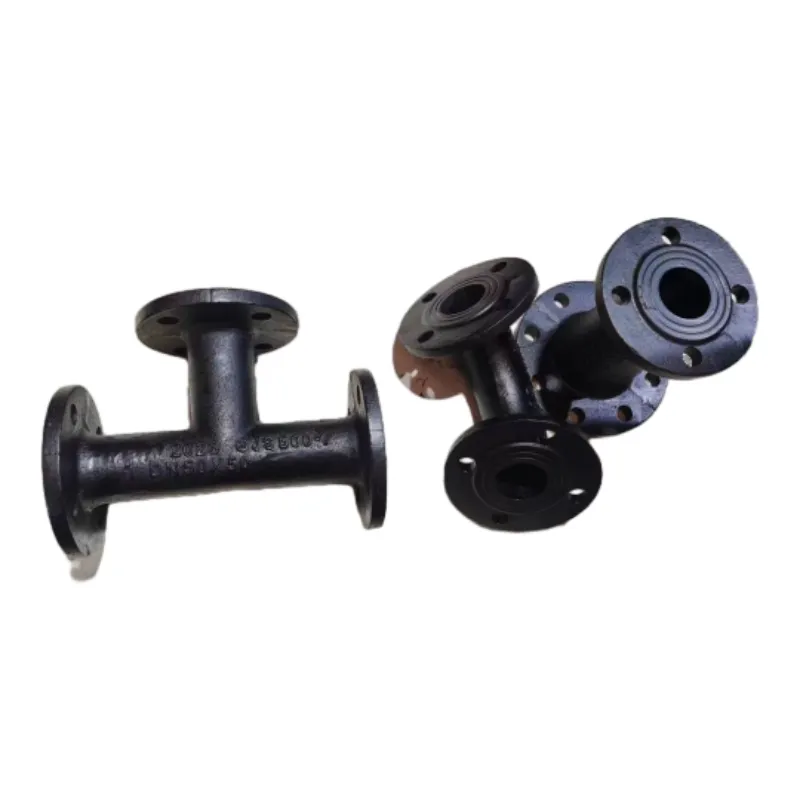Comparison of Ball Valves and Butterfly Valves for Fluid Control Applications
Understanding Ball Valves and Butterfly Valves A Comparative Analysis
Ball valves and butterfly valves are two commonly used types of quarter-turn valves in various industries, each with unique features, advantages, and applications. Understanding their differences and respective strengths can aid engineers and decision-makers in selecting the appropriate valve for specific systems and processes.
Ball Valves Ball valves consist of a spherical disc (the ball) with a hole in the center. When the valve is opened, the hole is aligned with the flow direction, allowing fluid to pass through. When closed, the ball rotates 90 degrees, sealing the flow effectively. One of the primary advantages of ball valves is their excellent flow control and low resistance when fully open. They are particularly suitable for applications requiring quick shut-off or control of fluids, including oil, gas, and water systems.
Understanding Ball Valves and Butterfly Valves A Comparative Analysis
Butterfly Valves Butterfly valves, on the other hand, use a rotating disc to regulate flow. The disc is mounted on a shaft, which turns to open or close the valve. When fully opened, the disc is parallel to the flow path, enabling a relatively unobstructed passage. Butterfly valves are often lighter and more compact than ball valves, making them ideal for applications where space and weight are critical factors.
ball valve butterfly valve

A significant advantage of butterfly valves is their efficiency in handling large volumes of fluid with minimal pressure drop. This characteristic makes them particularly effective in large piping systems, such as those found in water treatment plants, HVAC systems, and industrial processes. Additionally, butterfly valves can be manufactured in a wide range of sizes, allowing for flexibility in design and application.
Comparative Analysis While both valves serve similar functions, their design and operational characteristics lead to different use cases. Ball valves are better suited for applications that require a tight seal and high flow rates, particularly in high-pressure systems. Butterfly valves, conversely, are generally favored for larger volume applications where weight and space savings are desirable.
Another consideration is the cost; butterfly valves are typically more economical than ball valves, particularly in larger sizes. However, the long-term maintenance costs and the specific flow requirements of the application can influence the initial purchasing decision.
In conclusion, the choice between ball valves and butterfly valves hinges on the specific needs of the application, including factors such as flow control, pressure requirements, space constraints, and budget considerations. By understanding the unique benefits and limitations of each type, professionals can make informed decisions that enhance the efficiency and reliability of their systems.
-
The Smarter Choice for Pedestrian AreasNewsJun.30,2025
-
The Gold Standard in Round Drain CoversNewsJun.30,2025
-
The Gold Standard in Manhole Cover SystemsNewsJun.30,2025
-
Superior Drainage Solutions with Premium Gully GratesNewsJun.30,2025
-
Superior Drainage Solutions for Global InfrastructureNewsJun.30,2025
-
Square Manhole Solutions for Modern InfrastructureNewsJun.30,2025
-
Premium Manhole Covers for Modern InfrastructureNewsJun.30,2025
